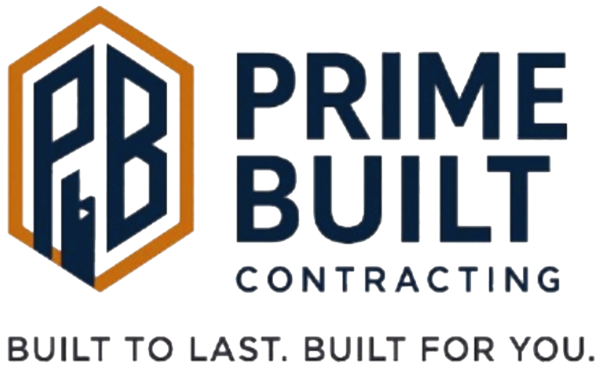Starting a home renovation without a clear scope or plan can lead to chaos and ballooning costs. It’s essential to define precisely what you want—detail each room, design element, and functional need before any work begins. A solid roadmap helps align vision, budget, and expectations from the outset.
One of the most common—and costly—errors is underestimating your budget. Unforeseen issues like outdated wiring or hidden structural damage often emerge once work starts. Experts recommend setting aside a contingency of 10 to 20 percent of your total renovation budget to comfortably manage these surprises.
Failing to secure proper permits or skipping inspections may save time short term but can trigger serious long-term consequences—fines, forced rework, or complications during resale. Always check local building codes and ensure your project complies fully.
Choosing the lowest bid on a contractor might seem budget savvy, but it often signals compromises in quality or reliability. Instead, vet your options carefully: get multiple quotes, check licensing, insurance, references, and ensure that contracts are detailed and written.
Overinvesting in trends instead of timeless designs is another trap. While bold elements can be fun, they often date quickly and may deter future buyers. A smarter strategy: combine classic finishes—like quartz counters or neutral floors—with trend-forward accents that are easily updated.
Finally, poor communication and misaligned expectations between homeowners and contractors can delay a project and escalate costs. Schedule regular updates, document decisions plainly, and stick to your project plan unless a change truly enhances value or function.


